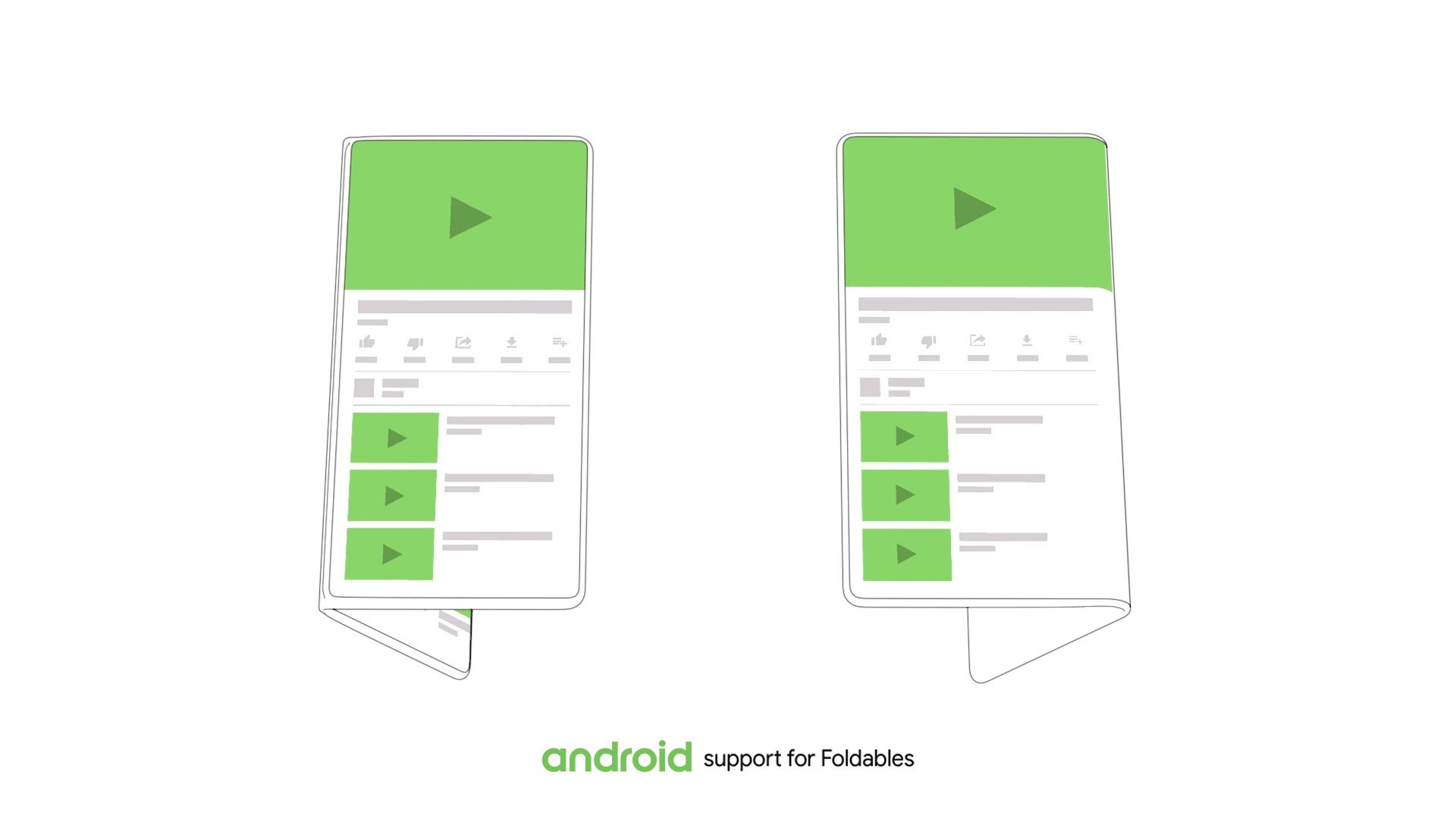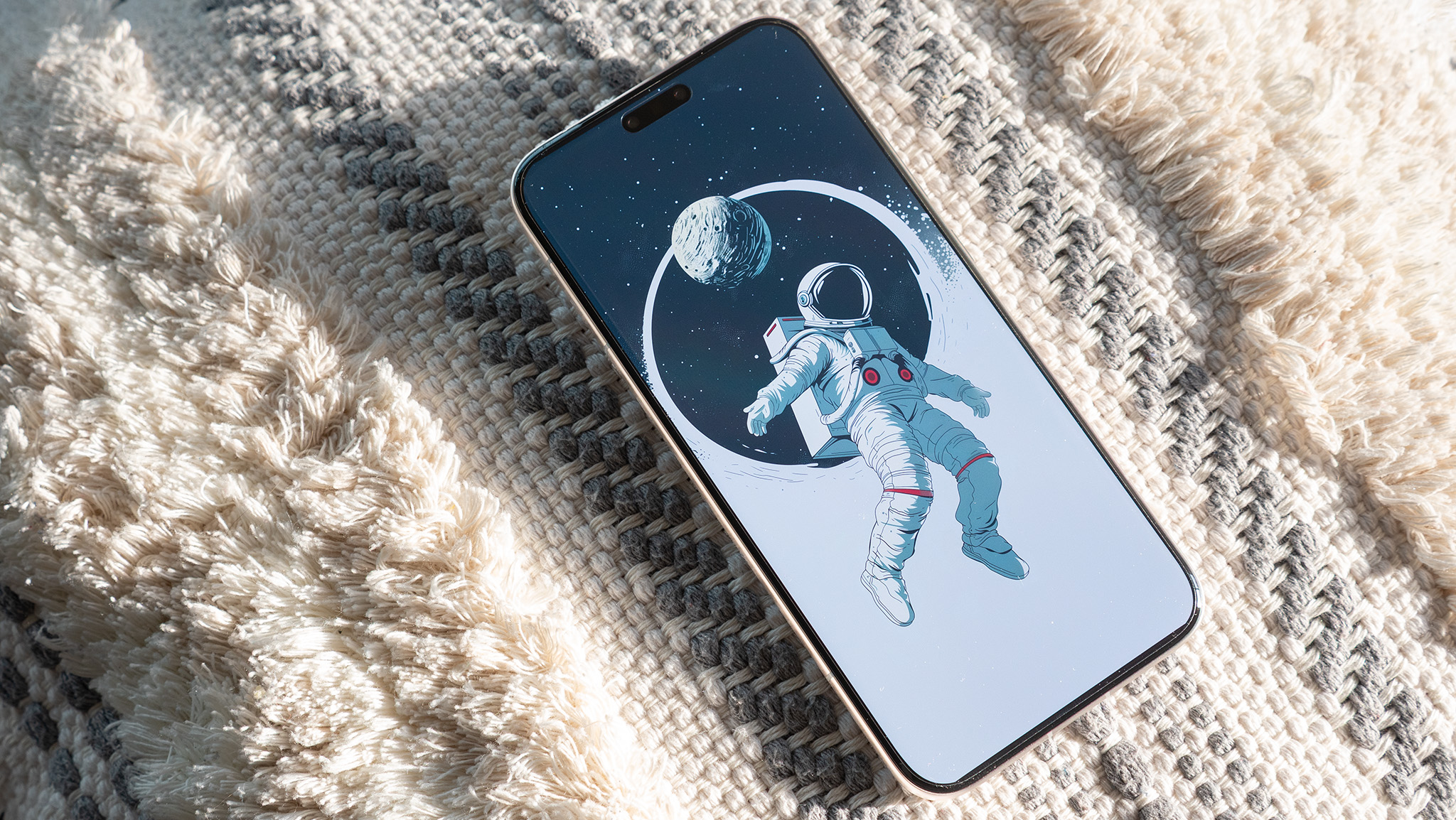Android will officially support foldable phones, but app developers need to do the work

Foldable phones are on the (very near) horizon, and Google's pledging official Android support for the new form factors from the start. The support comes both in the core Android software itself, but also in APIs for app developers to use. Google's thinking about "foldables" as effectively having two states: one when the device is opened up as a single display, and another when it's folded in half to show just a portion of the display.

But you don't want apps to only work in one mode or the other, it needs to flow from one size to the other seamlessly — Google calls this "screen continuity." This effectively just uses the current APIs available to app developers that let their apps seamlessly re-flow and reorganize for multiple screen sizes. But now, those changes will happen in real time as a display is unfolded. Think about the way that Google's apps change their density and interface elements as you rotate from portrait to landscape.
VP of Android Engineering, Dave Burke, breaks down the improvements:
And just when you thought you'd seen everything in phones, we're about to see a whole new form factor idea from Android device-makers. Foldables. They take advantage of new flexible display technology - the screen can literally bend and fold.You can think of the device as both a phone and a tablet. Broadly, there are two variants - two-screen devices and one-screen devices. When folded, it looks like phone, fitting in your pocket or purse.The defining feature for this form factor is something we call screen continuity. For example, you might start a video on the folded smaller screen while on the go, but later sit down and want a more immersive experience. You can simply unfold the device to get a larger tablet-sized screen. As you unfold, the app seamlessly transfers to the bigger screen without missing a beat.For our part, we're enhancing Android to take advantage of this new form factor with as little work as necessary from you. For example, we're adding resizable flags so your app can respond to folding and unfolding.
Samsung is expected to be the first mainstream brand to launch a foldable smartphone, and Google even named it specifically in this announcement. But Samsung won't be alone — this new foldable display technology will make its way through the market in 2019.
Now, we just need developers to get on board with the APIs, many of which are already available, to make their apps flow properly to multiple screen sizes. As we've seen over the last few years with the effective death of Android tablets and uptake of running Android apps on Chromebooks, there are millions of apps out there that really aren't designed to run on anything but a 4- to 6-inch phone screen. That's going to have to change as these new flexible form factors are released to the world.
Get the latest news from Android Central, your trusted companion in the world of Android

Andrew was an Executive Editor, U.S. at Android Central between 2012 and 2020.
